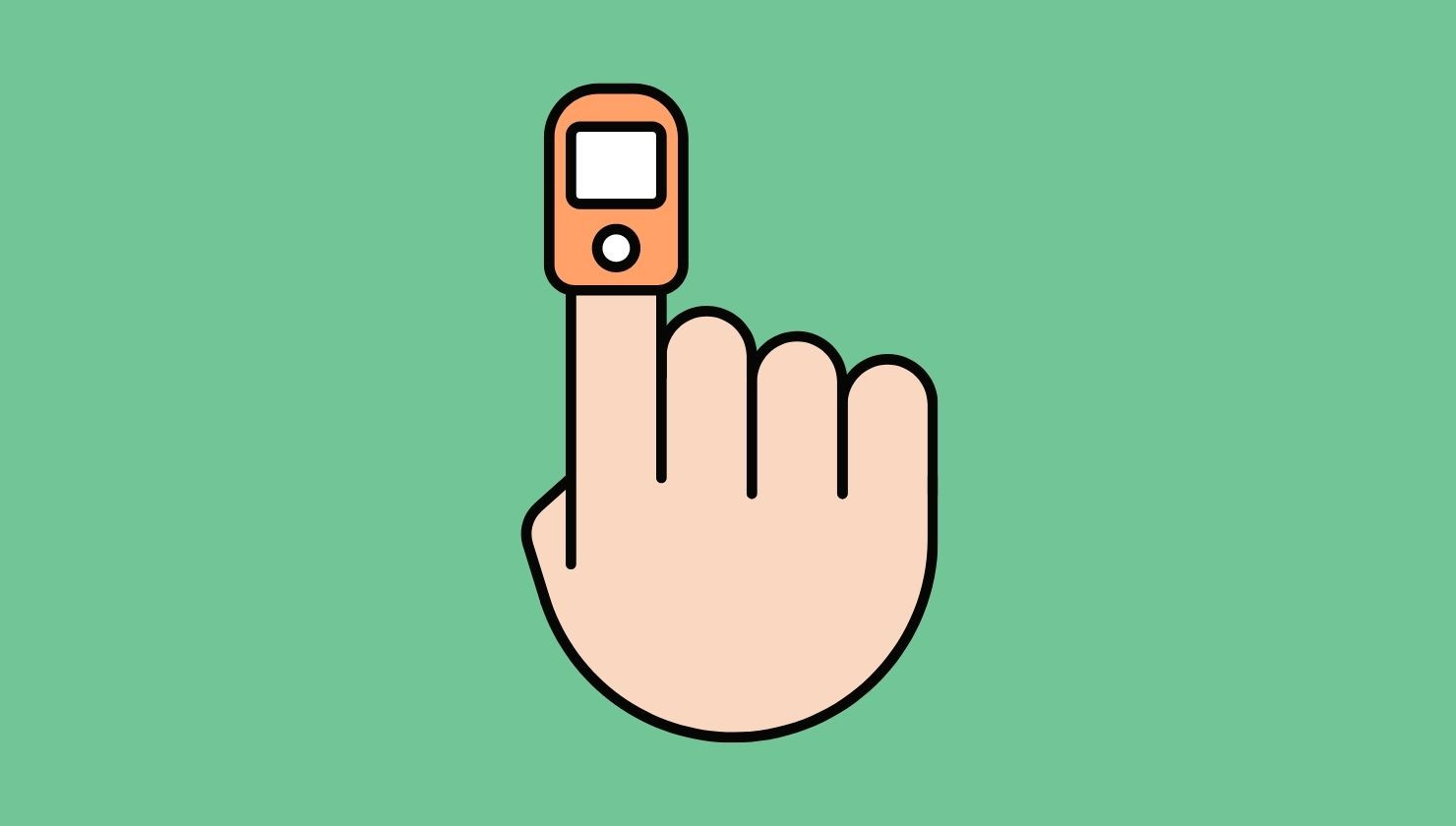You’ve probably heard a lot about oxygen, but you may not know much about blood oxygen levels or what your blood oxygen level is.
But before we even get to the “what”… lets quickly tackle the “how”.
8 Ways to improve your blood oxygen level are:
- Develop a green thumb with indoor plants.
- Invest in a pulse oximeter.
- Get treated for sleep apnea if you suspect that you have it.
- Put down the cigarettes.
- Get outside.
- Learn some breathing exercises.
- Keep drinking water.
- Get regular physical activity.
Your blood oxygen level measures the amount of oxygen carried by your red blood cells. Keeping up a high blood oxygen level is important for your health. Without enough oxygen, you may experience headaches or shortness of breath. If severe, a lack of blood oxygen can affect your brain and your heart, according to the Cleveland Clinic. Hypoxemia is the term used for blood oxygen levels that are lower than they should be.
How Are Blood Oxygen Levels Measured?



A doctor can diagnose a low blood oxygen level by listening to your heart and lungs and by completing a physical exam. Tests used to measure blood oxygen levels include:
- Arterial Blood Gas Test: This involves obtaining a blood sample from one of your arteries to measure oxygen levels in your blood. A normal oxygen level is 80 to 100 mm Hg using an arterial blood gas test.
- Pulse Oximetry: Pulse oximetry is performed with a pulse oximeter, which you may have seen used more frequently due to the COVID-19 pandemic. You also have probably seen these devices when visiting the doctor. Pulse oximetry involves the use of a noninvasive device placed over your finger to measure the oxygen in your blood. A normal pulse oximetry result is 95% to 100%. This is often referred to as an SpO2 reading. Smoking can affect your pulse oximetry results, making them appear higher than they really are. This is because of an accumulation of carbon monoxide in the blood, and the pulse oximeter does not know the difference between that and oxygen.
Health professionals may use other types of breathing tests to help assess your oxygen level.
Normal results from blood oxygen tests will vary if you have certain lung diseases, such as chronic obstructive pulmonary disorder (COPD). In someone with severe COPD, a “normal” reading using pulse oximetry may be 88% to 92%.
Symptoms of Low Blood Oxygen Levels
Symptoms of low blood oxygen levels include:
- Rapid heartbeat
- Coughing
- Confusion
- Headache
- Shortness of breath
- Skin or nails that appear blue
Seek urgent medical care if you have sudden shortness of breath that affects your ability to function or if you have sudden, severe shortness of breath along with a cough, fluid retention, and rapid heartbeat at high altitudes.
See your doctor for nonurgent medical care if you experience:
- Shortness of breath when resting or after a minimal amount of activity
- Shortness of breath that escalates when you are physically active
- You awake several times at night with shortness of breath
Treatments for suddenly low blood oxygen levels include certain medications, usually delivered by an inhaler; and supplemental oxygen therapy.
Causes of Low Blood Oxygen Levels



There are several health problems that may cause low blood oxygen levels. These health issues may stop your lungs from properly inhaling oxygen-containing air and then exhaling carbon dioxide. These health problems may include:
- Asthma
- Bronchitis
- Chronic Obstructive Pulmonary Disorder (COPD)
- Certain types of heart conditions, such as congenital heart defects
- COVID-19
- Emphysema
- Pulmonary fibrosis, which causes inflammation or scarring in the lung tissue
- Sleep apnea
Spending time in high altitudes can lower your blood oxygen level. It is also possible for blood disorders in your circulatory system to prevent blood from picking up oxygen and transporting it around the body.
8 Ways to Improve Your Blood Oxygen Levels



There are a few things you can do to help raise your blood oxygen levels, including:
- Develop a green thumb with indoor plants. By adding plants inside your home, you help to clean the air and get rid of carbon dioxide. If you’ve been looking for an excuse to get that cute plant at your local plant center, here it is.
- Invest in a pulse oximeter. On its own, buying a pulse oximeter may not help you raise your blood oxygen levels. However, it will make you aware of any fluctuations if you use it from time to time to evaluate your blood oxygen levels. You can find pulse oximeters at most drugstores and larger supermarkets.
- Get treated for sleep apnea if you suspect that you have it. Poor sleep, a dry mouth, and more frequent urination at night all can be signs of sleep apnea. Over time, the lack of oxygen at night from sleep apnea can negatively affect your health, raising your risk for conditions like diabetes and heart disease. Let a primary care doctor know if you suspect you have sleep apnea so you can get tested for it.
- Put down the cigarettes. Smoking has a negative impact on your blood oxygen levels as well as many other parts of your health. Smoking also raises your risk for conditions like COPD.
- Get outside. Fresh air helps to raise your oxygen level. Take a brisk walk, even a short one, to elevate your oxygen level.
- Learn some breathing exercises. You may think of breathing exercises as something done only in a yoga class. However, many breathing exercises have practical purposes, such as helping you to sleep better or manage anxiety. Breathing exercises can also help raise the amount of oxygen in your body. Here’s how to do pursed-lip breathing and deep belly breathing, both of which provide more oxygen. Pursed-lip breathing is one technique recommended for those with asthma or COPD if they experience shortness of breath.
- Keep drinking water. Hydration helps to raise your oxygen levels.
- Get regular physical activity. Exercise can help raise your oxygen levels. If exercise is challenging due to low oxygen levels, talk with your doctor about the types of activities that might suit you. It’s important to stay active, even if it’s in a modified form.
- BONUS – If you’re concerned about the blood oxygen level of an older adult who you are caring for, a great way to track this, and be sure that all of your relevant family members (like your siblings) are informed, is to use an app like WayWiser which allows you to coordinate your caregiving in a private & secure app. It’s a simple place to connect with a Trusted Circle of family and friends and share information pertinent to caregiving and the shared calendar and/or notes & list feature is perfect for this sort of information.







